Unpacking the trauma of apartheid on film
- Text by Gideon Mendel
- Photography by Gideon Mendel / Marcelo Brodsky

This story appears in The Documentary Photography Special VII. Get your copy now, or subscribe to make sure you never miss another issue.
I came of age in some of the darkest years of apartheid. Coming from a moderately liberal family – my parents were, in fact, both German Jewish refugees who fled the Holocaust – I grew up with a sense that I had unearned white privilege. Like many white people of my generation, I felt terrible about the violence and brutality that was going on, while also powerless to do anything about it.
So after university, I started to work as a photographer and became part of a young generation of ‘struggle photographers’, documenting the final years of apartheid. It was a period – the mid-’80s, going into the early ’90s – where the outlawed ANC, the largest anti-apartheid movement, put out a call to the youth in South Africa to make the townships ungovernable. As a photographer, I was witness to incredible mobilisation: a dynamic, community-orientated, democratic uprising. It was inspiring. But I also witnessed the state’s very brutal response to that. It was a cycle of violence.
I spent years documenting these events. But in 1990, Nelson Mandela was released and there was a huge change in the political environment – I felt less of a political obligation to continue photographing in South Africa. I was ambitious to try and make it as an international photojournalist. At that point in photography, if you wanted to be in the first division of that world, you had to be based in Paris, London or New York. My parents were living in London too – my father wasn’t well – therefore I had some family reasons to move there.
So I left South Africa, and not in a particularly organised fashion. At that point as a photographer – shooting film, producing contact sheets – we were generating a lot of physical stuff, which was a challenge to organise and store. I can’t say I was the most organised person anyway, but I definitely wasn’t running my archive in a particularly coherent way. Before leaving, I took some boxes to a friend, containing spare prints, negatives and transparencies I didn’t consider to be my most important. I stored them there, piled up in his garage. To my shame, I forgot about them.

Activists during a mass political funeral for youths slain the so-called ‘grenade incident’ which took place in Duduza Township. Eight activists were killed when an undercover agent gave them booby-trapped hand grenades. – East Rand, Gauteng, July 1985.
I went on to make a home and family in London. But in 2016, more than 25 years after I left them, I saw my friend when visiting Johannesburg – he said, ‘I’m worried about those boxes of yours, they’re not in very good condition.’ I, of course, had forgotten they were even there. When I retrieved them I found that the top layer of one of the boxes which contained negatives and transparencies had been water-damaged. Rain must have fallen on a box. I think there must have been mould as well at some point.
I really carefully separated the material, some of which was almost glued together. To my surprise, a limited number of the images were quite extraordinary. It was a combination of the original image, which had a radioactive quality from that particular time in history given the events I was documenting, with the additional overlay of the damage, which produced something incredible. I could never have planned or deliberately done this. It was a completely random impact of water, mould and time.
This discovery led me to revisit and re-engage with my archive, which in turn led to the gradual creation of my new book Freedom or Death. The book is a series of interventions, presented in three sections. The first section is made up of those damaged images, while the second is a collaboration with the artist Marcelo Brodsky, an Argentine artist who has a very distinct process that involves writing, painting and drawing on photographs. I worked with him to develop a series of triptychs, each one focusing on a particular element or object that appears repeatedly in my archive.

Members of the RAU rugby team have a moment of prater and bonding after winning a game at the RAU Stadium. – Johannesburg, July 1989.

Funeral for youths slain by the police in KwaThema Township. The cycle of funerals, followed by violence, leading to further funerals was a familiar occurrence during this period. – East Rand, Gauteng, July 1985.
The third intervention is from me. Nowadays, a photographic image will have information embedded in the image. Before that, given I was documenting apartheid in a pre-digital age, all the information – copyright stamps, captions, barcodes, layout markings – was usually on the back of prints. Looking at my archive, I became fascinated looking at the backs of the images and all of this information. I was keen to try and find a way to include them in the image, so I had an idea – why not merge them? Suddenly, contextual information that is normally hidden from view came into the image. It brought interesting new layers of meaning to the photograph.
This whole process, of revisiting and re-engaging, has been important. It’s coming back to the very start of my photographic journey, 30 years later. I’m sometimes astonished at the energy I had back then. On one level, I was witnessing and photographing a lot of difficult things. I didn’t take the time to process that at all. I was in my late twenties, quite a formative time of my life, and I was seeing a lot of pretty horrific things – people killed in front of me, people hurting each other. A lot of photographers say, ‘As long as I’ve got a camera in front of me, nothing affects me.’ But I think it really did. For me, it’s been a process of unpacking those experiences – much like the images I had packed away in that box.







This story appears in The Documentary Photography Special VII. Get your copy now, or subscribe to make sure you never miss another issue.
See more of Gideon Mendel’s work on his official website. Freedom or Death is published by GOST Books with support from ARTCO.
Enjoyed this article? Like Huck on Facebook or follow us on Twitter.
Latest on Huck

Three decades behind the scenes of the music industry
Eddie Otchere’s ‘Spirit Behind the Lens’ is a story of music and culture that crosses and transcends borders.
Written by: Isaac Muk
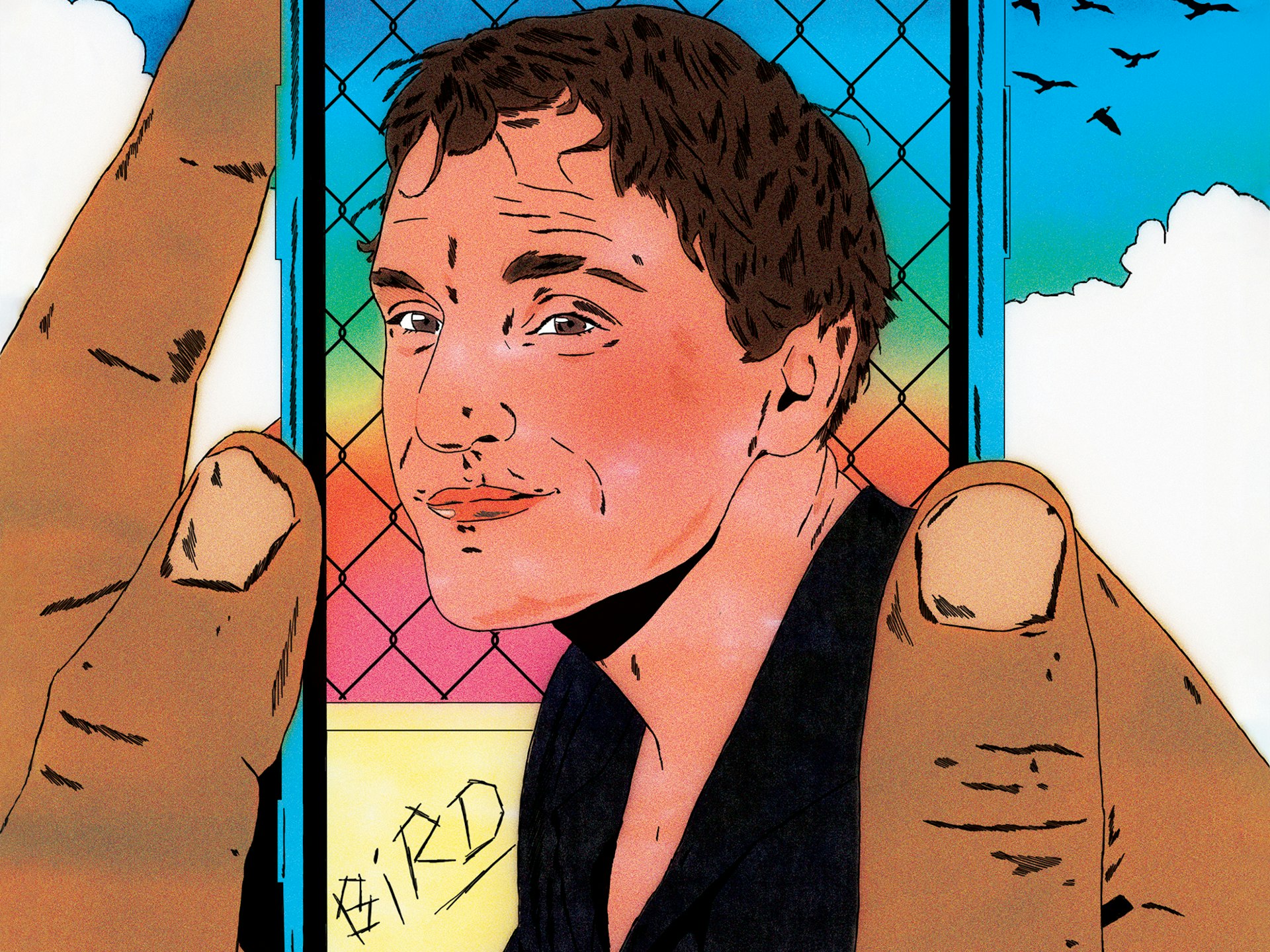
Barry Keoghan, Franz Rogowski and Andrea Arnold on ‘Bird’
The new issue of Little White Lies brings Andrea Arnold’s sixth feature to life with a thematic voyage down the Thames estuary.
Written by: Maisy Hunter
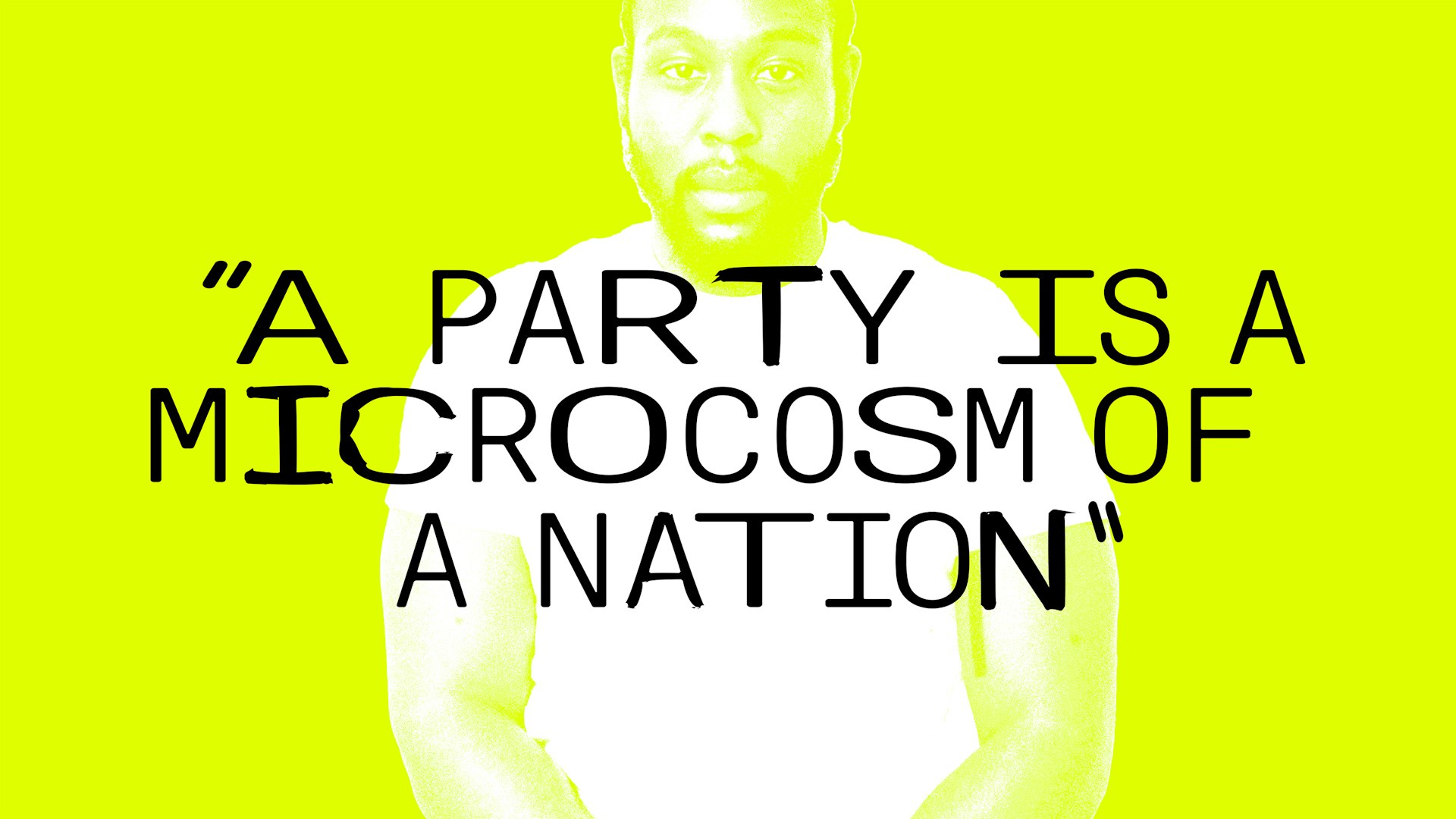
“A party is a microcosm of a nation”: Caleb Femi on the decline of the house party
To celebrate the publication of his new collection ‘The Wickedest’, Isaac Muk caught up with Femi to talk more about the work, the future of the shoobs, and discuss why having it large on a Saturday night should be cherished.
Written by: Isaac Muk
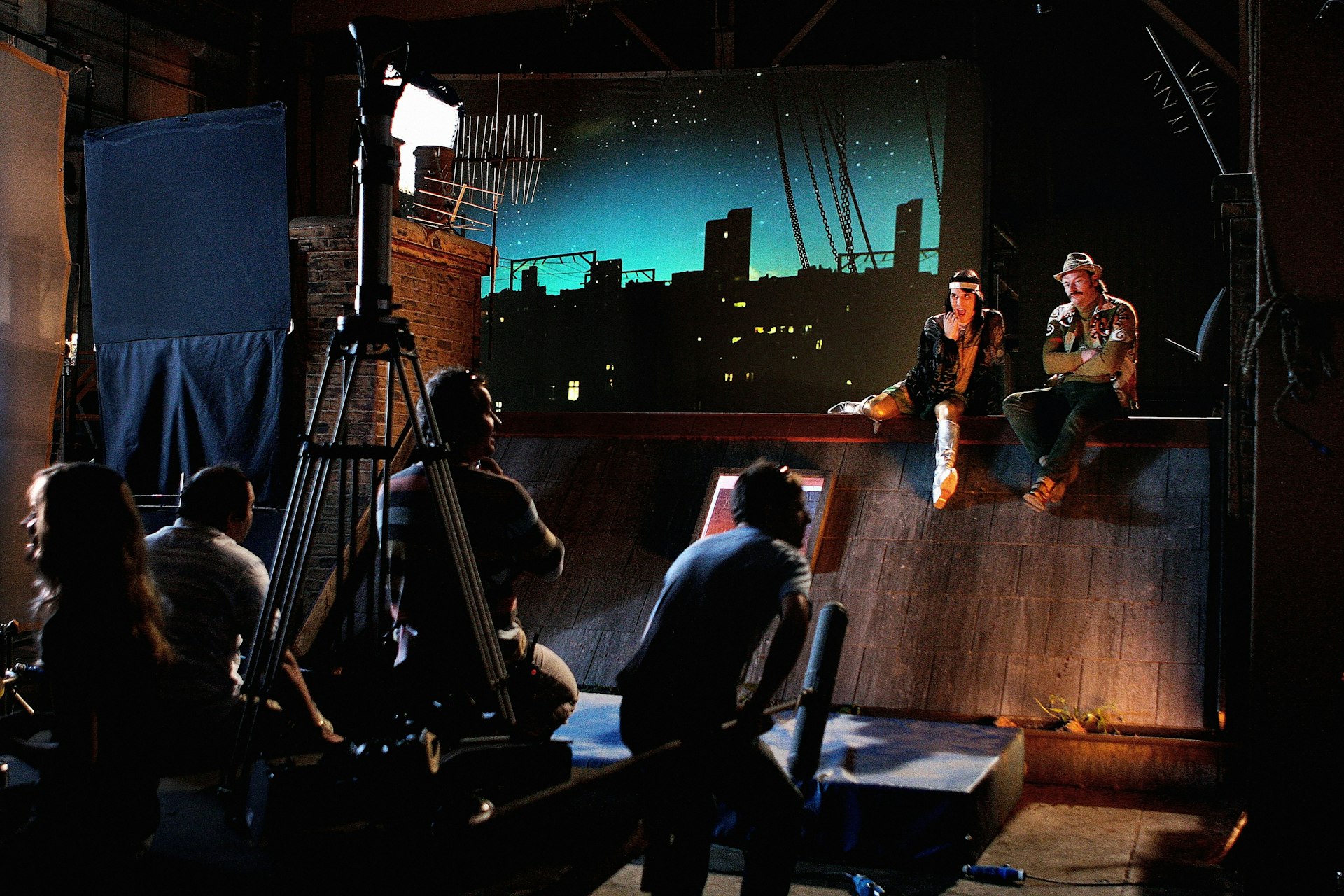
Celebrating 20 years of The Mighty Boosh
A new exhibition takes a look behind the scenes of the iconic show two decades after its BBC3 premiere.
Written by: Isaac Muk
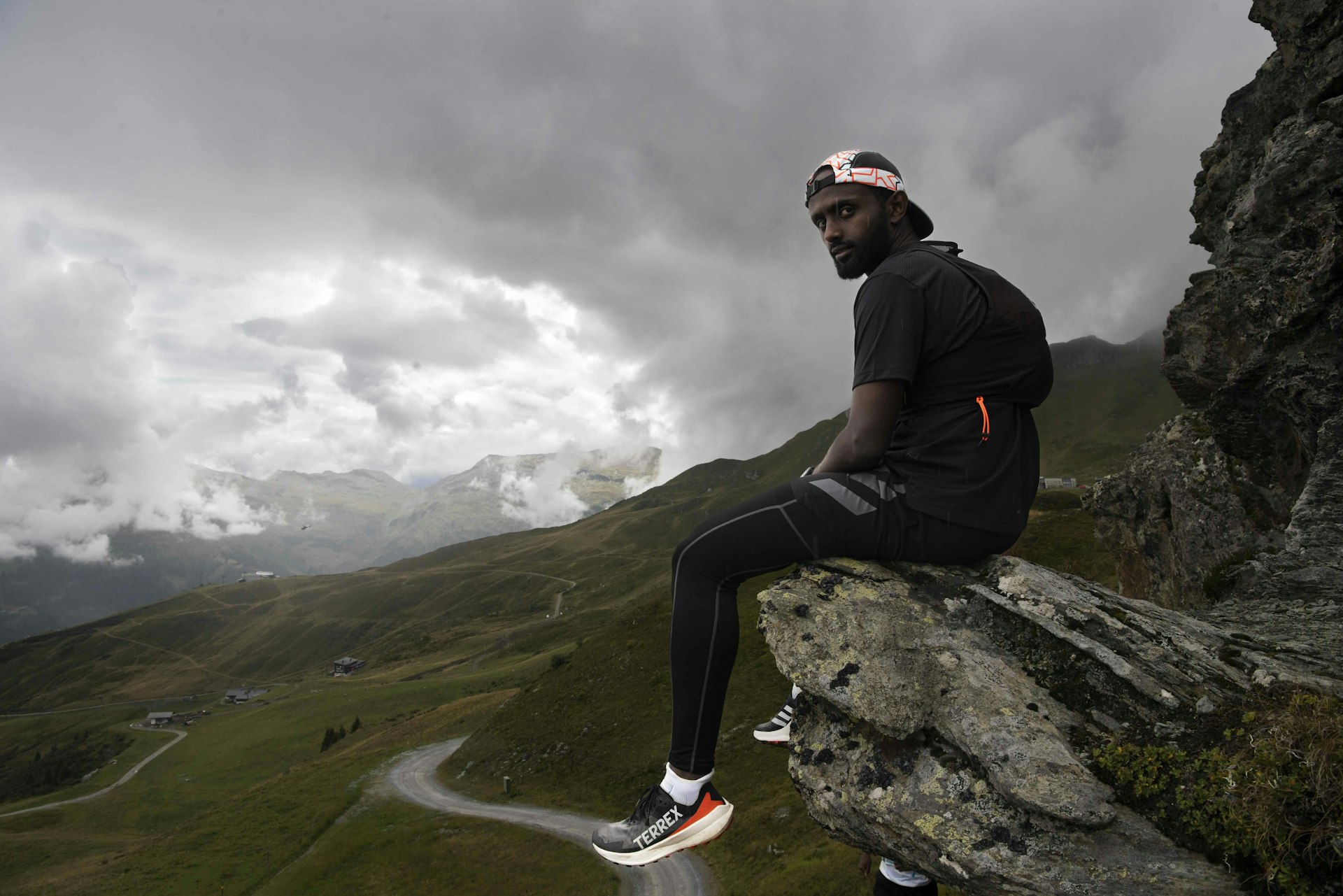
We Run Mountains: Black Trail Runners tackle Infinite Trails
Soaking up the altitude and adrenaline at Europe’s flagship trail running event, high in the Austrian Alps, with three rising British runners of colour.
Written by: Phil Young
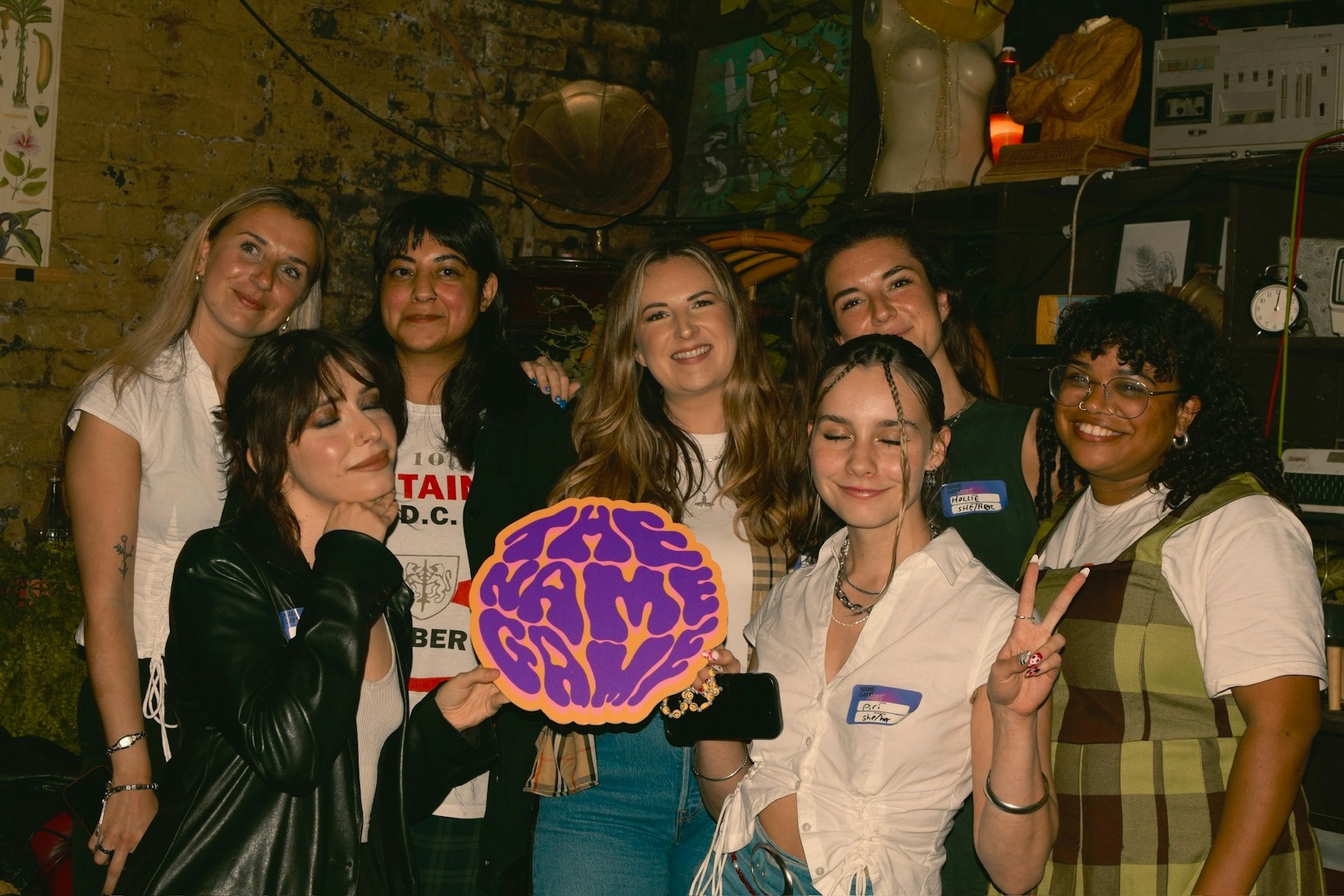
The organisation levelling the playing field in the music industry
Founded in 2022, The Name Game is committed to helping female, non-binary and trans people navigate the industry.
Written by: Djené Kaba